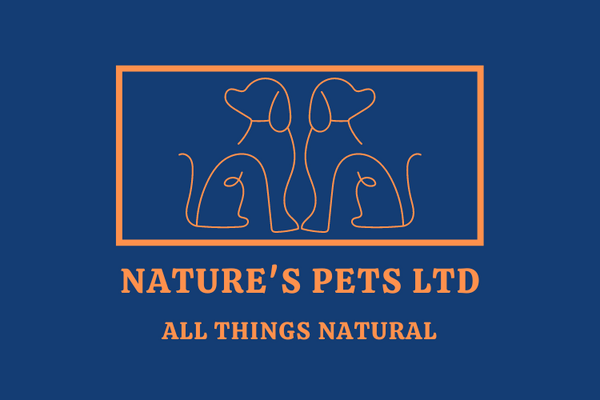Raw Food
Raw food is becoming more and more popular for dogs as owners are realising the benefits including:
- Less waste
- Healthier skin & coat
- Healthier gut
- Cleaner teeth
- Increased energy and focus levels
- Better immunity
- Beneficial for the treatment and prevention of diabetes
- Smaller, less odourful bowel movements
How to feed raw:
Raw doesn’t have to be complicated at all.
Your dog’s bowl doesn’t have to be fancy and “Instagram worthy”.
The base of any raw diet is 80% muscle meat, 10% bone and 10% offal (5% of which should be liver and the other 5% any other secreting organ such as kidney, testicles, brain and spleen.)
There are many ways to feed raw from premade “complete” minces to “D.I.Y”.
Premade Complete: A “ready-made” raw meal which complies with the 80:10:10 ratio, often supplied in boxes or Chubb rolls in a mince format. The meal preparer can then add eggs, sardines or any other proteins to the complete.
D.I.Y: A “home constructed” raw meal where the meal preparer compiles their dog’s meal using the 80:10:10 ratio above. This can consist of different minces, bones, chunks and eggs.
We tend to recommend new raw feeders begin with premade minces as this eliminates a lot of confusion, and eases you into the world of raw feeding.
The biggest things to remember when feeding raw:
- Variety is key – aim to feed at least 5 different proteins over the course of a week.
- Balance will happen over time, not every meal has to be perfect!
- Try to feed eggs 2 – 3 times a week (duck/quail/chicken eggs).
- Try to feed oily fish 2-3 times a week (sprats/mackerel/sardines).
How much should I feed?
Please see our raw feeding calculator.
Where to start:
If you are new to raw feeding we recommend to start the first week feeding just one protein, for example chicken or turkey.
If no issues arise, then during week two you can introduce another protein, for example beef. This is to not only make it slightly easier on your dog but it will highlight any allergies/intolerances your dog may have.
With raw feeding you will become an expert at “analysing” your dogs poo!
If your dogs poo is “chalky” or crumbles when you pick it up, that means too much bone, so add a little more meat in their next meal.
However if it is soft this indicates not enough bone.
